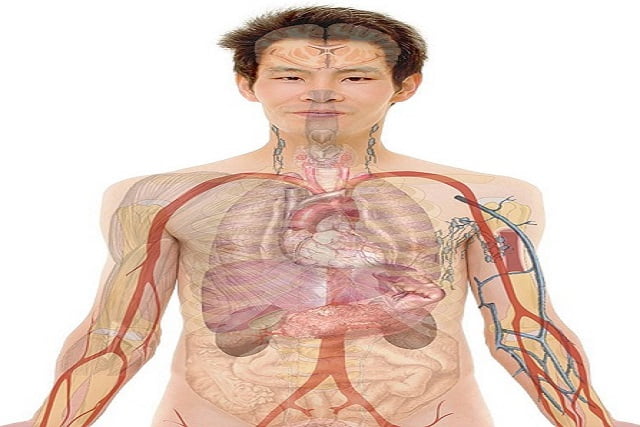The Eyes | Functions, Care, Symptoms, Facts, Eye Problems and Solutions
The eyes are remarkable sensory organs that grant us the ability to see, offering a rich perception of the world around us. Key Facts About The Eyes: Complex Anatomy: The human eye comprises various components that collaborate to capture and process visual information, including the cornea, iris, pupil, lens, retina, and optic nerve. Cornea: […]
The Eyes | Functions, Care, Symptoms, Facts, Eye Problems and Solutions Read More »

